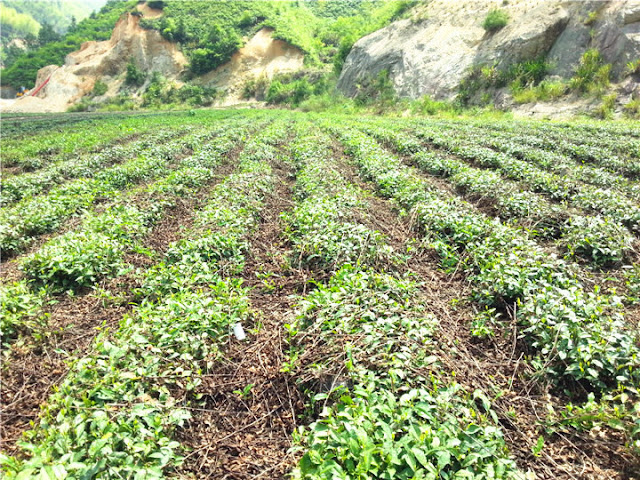Great Green Tea: Half from West Lake, Half from Thousand Island Lake

When people think of China’s finest green tea, they picture West Lake in Hangzhou—the villages of Longjing and Meijiawu, Emperor Qianlong’s legendary “Eighteen Imperial Tea Bushes,” and a cup of flat, jade-green leaves releasing delicate chestnut notes. And they’re not wrong. West Lake Longjing is indeed one of China’s most iconic teas. But few know that 150 kilometers southwest of Hangzhou, amid the emerald waters of Thousand Island Lake, lies another chapter of tea history—one far older, equally profound, and unjustly overlooked. Here, during the Tang Dynasty (618–907 CE), tribute tea known as Jiukeng Maojian was sent to the imperial court. Lu Yu, the Sage of Tea, recorded its origin in his Classic of Tea (Cha Jing). Centuries later, seeds from this very land would travel to Japan, Kenya, and beyond, shaping green tea across continents. Today, protected as a Class-I national water source, this region bans chemical pesticides entirely—yielding tea of unmatched purity and freshnes...











